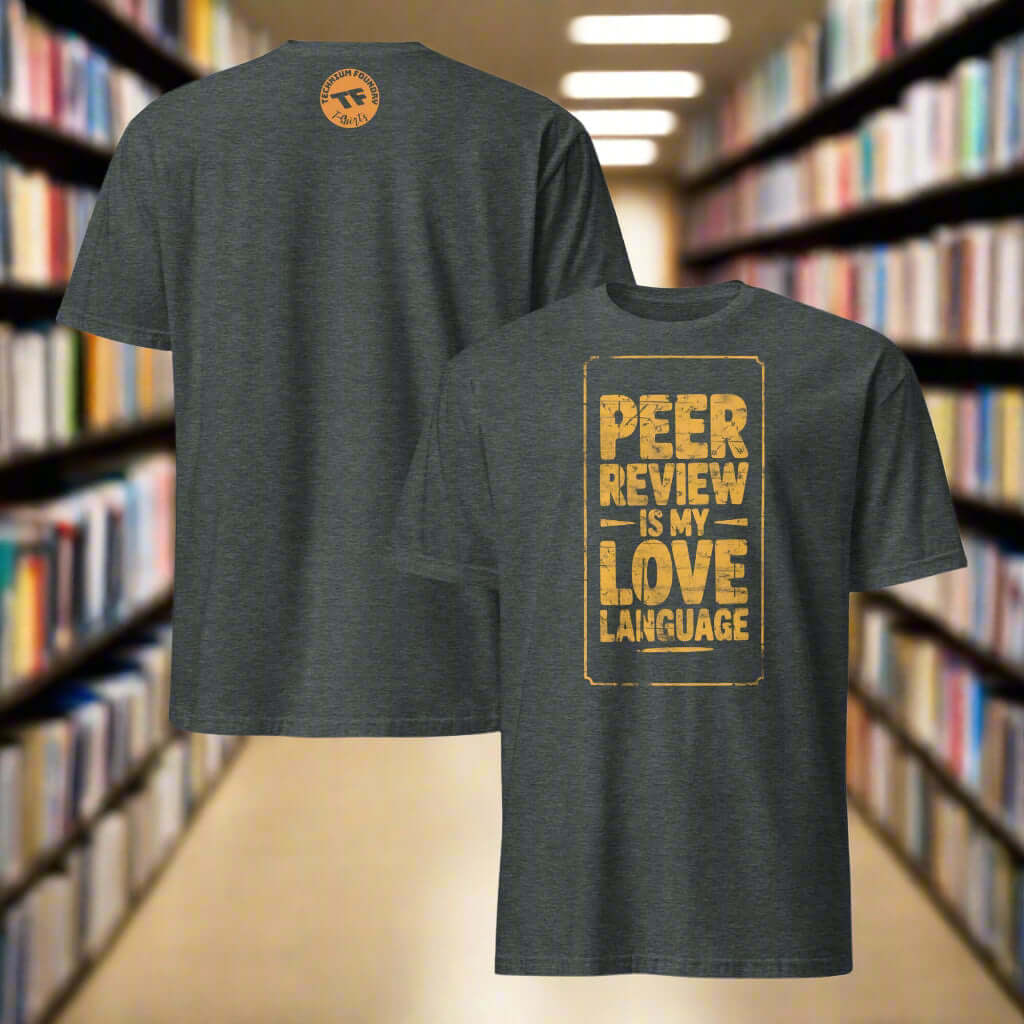In the ever-evolving world of data analysis, where numbers are the currency of truth, it's easy to get lost in the allure of statistical significance. We researchers, scientists, and data enthusiasts often find ourselves chasing that elusive p-value, that magical threshold that separates the "significant" from the "insignificant." But what if I told you that this obsession with statistical significance is nothing more than a house of cards, a facade that hides the real story behind the data?
Welcome to the world of Technium Foundry, where we're not afraid to challenge the status quo and expose the dirty little secrets of the research world. Grab a beaker, don your lab coat, and let's dive into the murky waters of statistical analysis, where the numbers can lie like politicians on the campaign trail.
Easier to read when you wear this!
The Allure of Statistical Significance
In the world of research, we're taught from the very beginning that statistical significance is the holy grail. If we can just achieve that coveted p-value of less than 0.05, we can confidently declare our findings as "significant" and publish our work in the most prestigious journals. It's a game of numbers, a dance with the gods of probability, and we're all desperate to win.
But here's the thing: statistical significance doesn't always mean that the findings are actually meaningful or important. It's a trap that many researchers fall into, lured by the siren song of the p-value and the promise of academic glory. We become so obsessed with chasing that elusive threshold that we lose sight of the bigger picture.
The Fallacy of P-Hacking
One of the biggest culprits in this statistical sleight of hand is the practice of p-hacking. Imagine a researcher who's desperately trying to find a significant result for their study. They start by running a few different analyses, tweaking the variables, and trying different statistical models. And lo and behold, they finally find a result that meets the magical p < 0.05 threshold!
But here's the catch: they've essentially been fishing for a significant result, trying out multiple approaches until they find one that works. This practice, known as p-hacking, is a statistical sin that can lead to false positives and completely misleading conclusions.
The Tyranny of Sample Size
Another factor that can distort the true significance of our findings is the tyranny of sample size. In the world of statistics, a larger sample size can make even the most trivial differences appear "statistically significant." Imagine a study that compares the average height of two groups of people, where the difference is a mere fraction of an inch. With a large enough sample, this tiny difference could be deemed "significant," even though it's practically meaningless in the real world.
The Myth of Replicability
One of the cornerstones of scientific research is the ability to replicate findings. But what happens when the results we so proudly present in our papers can't be replicated by other researchers? This is a growing problem in the scientific community, as many studies fail to hold up under scrutiny.
The reason for this lack of replicability often lies in the very nature of statistical significance. When we focus solely on achieving that magical p-value, we can end up with findings that are statistically significant but ultimately meaningless or even downright false.
The Importance of Actual Significance
So, what's the solution? How do we move beyond the tyranny of statistical significance and start focusing on what truly matters? The answer lies in shifting our mindset from chasing p-values to embracing the concept of actual significance.
Actual significance is about looking beyond the numbers and asking ourselves: "So what?" Does this finding actually matter in the real world? Does it have a meaningful impact on our understanding of the problem at hand? These are the questions we need to be asking, rather than simply celebrating the achievement of statistical significance.
At Technium Foundry, we believe that true scientific progress comes from a deep understanding of the underlying phenomena, not just the superficial trappings of statistical analysis. We're on a mission to challenge the status quo, to expose the flaws in the current system, and to help researchers and data enthusiasts alike to see the world through a more critical lens.
Embracing the Uncertainty
One of the key tenets of our approach is the embrace of uncertainty. In the world of data analysis, there will always be some level of uncertainty, some degree of noise and variability. Instead of trying to eliminate this uncertainty, we need to learn to work with it, to understand it, and to use it to our advantage.
By acknowledging the inherent uncertainty in our data, we can start to ask more meaningful questions, to dig deeper into the nuances of our findings, and to uncover the truly significant insights that lie beneath the surface.
The Power of Contextual Analysis
Another crucial aspect of our approach is the importance of contextual analysis. It's not enough to simply look at the numbers in isolation; we need to understand the broader context in which those numbers exist. What are the real-world implications of our findings? How do they fit into the larger body of research on the topic?
By taking a more holistic view of our data, we can start to see the true significance of our work, beyond the confines of statistical significance. We can uncover the hidden stories, the unexpected connections, and the truly groundbreaking insights that can transform our understanding of the world around us.
Conclusion: Embracing the Quantum Shift
At Technium Foundry, we believe that the time has come to embrace a new paradigm in data analysis, one that moves beyond the narrow confines of statistical significance and embraces the true power of data to transform our understanding of the world.
So, join us on this journey of discovery, as we explore the quantum realm of data science, where the numbers don't just lie, but they also hold the keys to unlocking the secrets of the universe. Together, let's rewrite the rules of research, one beaker and one t-shirt at a time.
















